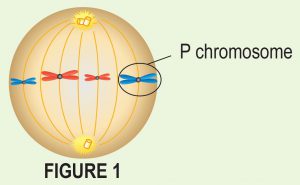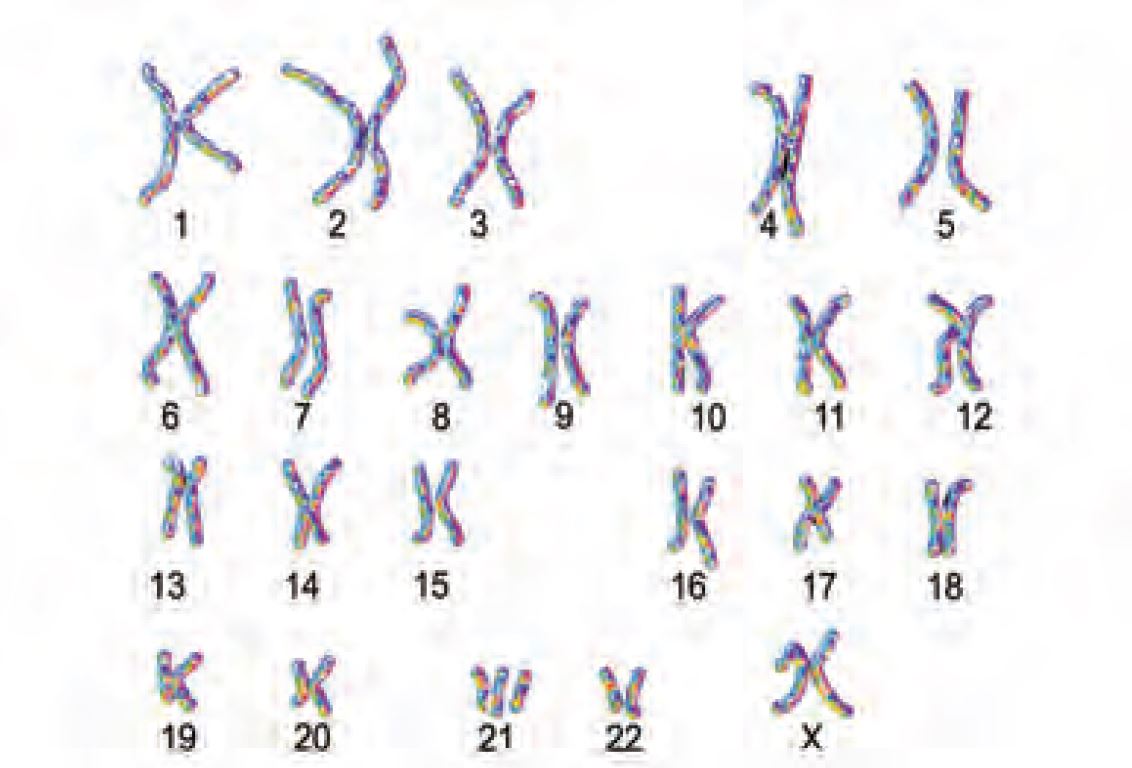Figure 1 shows a cell at stage M in a cell cycle. Draw both cells that will be formed if the P chromosome does not separate.

Answer:
Figure 2 shows the complete set of chromosomes of an individual.
 Figure 2
Figure 2
(a) State the genetic disorder this individual has.
(b) Explain how this individual is born with this genetic disorder.
Answer:
(a)
Down syndrome
(b)
Homologous chromosome 21 fail to separate due to non-disjunction that happens at anaphase I. Spindle fibres fail to form.
Cancer cells are formed after normal cells are exposed to factor Y.
(a) Explain the formation of cancer cells.
(b) State two examples of factor Y that causes the formation of cancer cells.
(c) State two ways to avoid the development of cancer cells.
Answer:
(a)
Cancer cells form when there is mutation in the DNA of a normal cell. This causes mitotic cell divisions to happen rapidly and without control.
(b)
High-powered ionising rays such as X-rays and gamma rays. Carcinogens such as benzene and carbon tetrachloride.
(c)
Avoid exposure to radioactive rays.
(d)
Avoid eating food that contains carcinogens.
The development of plant tissue culture has allowed scientists to improve the quality and quantity of a crop. Scientists in Malaysia have succeeded in patenting a product that can be sprayed on orchid plants to overcome infections caused by a virus. This branch of biotechnology is called RNA interference technology. In your opinion, can the spray technology be used for all organisms as protection against infections?
Answer:
RNA interference is a natural cell mechanism that functions to stop gene activity. This mechanism indirectly affects protein formation. Living organisms have this mechanism as a defence mechanism against viral attacks. The RNA interference technology applies this knowledge by producing specific RNAs to stop specific gene activity. This technology is not only limited to orchid plants but theoretically, can also be used for all types of organisms.